Bridging Loans for Property Development
Property developers use bridging loans as short-term finance to purchase development sites or to avoid a project stalling when a temporary short-fall in funding occurs during the build programme.
This 2024 guide, written by property development finance experts, explains the key concepts of what bridging loans are and how developers can use them for property development on sites in the UK. We'll highlight the differences between bridging and development finance, as they are both unique financial products used for differing purposes.
Contents
Key point
The speed and flexibility of bridging loans are the two main differences from development finance. Bridging loans take on average between 3-14 days to arrange, whereas development finance will take up to 3 months depending on the scale and complexity of the project. Unlike development finance, a bridging loan can be used for almost any purpose - including property development.

Speak with a bridging and property development financial expert
We arrange finance for a variety of situations from land and site purchases, property refurbishments to an auction purchase or 2nd charge bridge loans on properties that have an existing mortgage.
If you're ready to speak with a specialist, we're ready to help.

What is a Bridging Loan for Property Development?
A bridging loan for property development is a short-term financial loan available to property developers to bridge a gap in funding. Bridging loans are also referred to as Bridging Finance or a Bridge Loan in the UK.
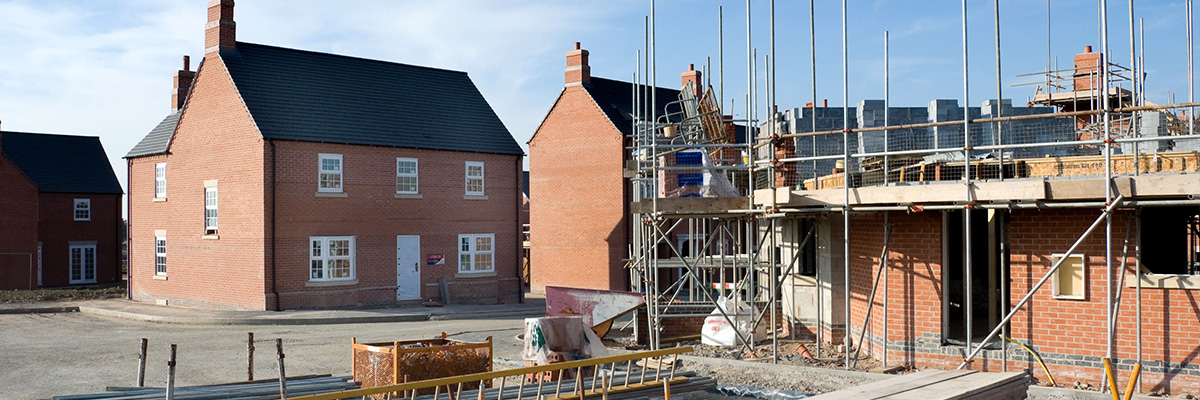
When is a Bridging Loan used instead of Property Development Finance?
The two scenarios when a bridging loan is used instead of property development finance are:
- To purchase a new development site.
- To avoid an existing development project stalling.
UsE a bridging loan To Purchase a development site
Bridging loans are used when a developer wishes to quickly purchase a site, but either doesn't have the finance in place or chooses not to use all their capital to purchase the site. Sites being purchased typically fall into one of five categories:
- Bare land: Such as greenbelt or greenfield.
- Previously developed land that’s no longer in use: Such as a brownfield site.
- A building that will be converted into dwellings: Such as a house conversion to flats.
- Land that has been part-developed: For example, where the existing developer is selling the development before it's been completed.
- Land with an existing structure: For example, where the structure is to be demolished, renovated or converted.
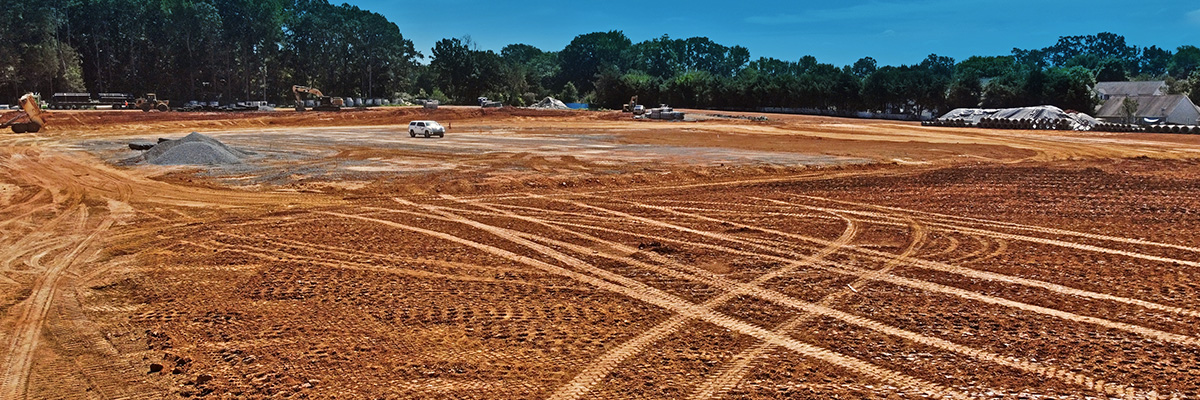
Property Auction Finance for Developers
Bridging finance is also a common form of short-term finance for any site being purchased at auction. Property auction finance is a form of bridging finance and is useful to developers who must complete the purchase of a site within a 28-day condition of sale.
Use a bridging loan To avoid an existing development project stalling
Problems that occur on site can cause developers to seek additional financing. Such problems typically require a fast solution or the developer risks their schedule being negatively impacted. 6 common problems on site that require additional funding include:
- Funding delays: For example, where the lender is unable or unwilling to release the next tranche of finance.
- Vandalism and criminality: Such as damage to the newly constructed building, or the theft of materials, plant or tools. Almost nine in 10 (89%) tradespeople and contractors have been victims of theft, according to a survey conducted by NFU Mutual.
- Unexpected extra costs: For example, where more extensive ground works are required than had originally been budgeted for.
- Pre-construction or construction errors: For example, due to poor setting out of foundations leading to expensive corrective costs.
- Labour shortages: For example, requiring the main contractor or developer to pay higher subcontracting costs to retain labour or risk the remaining trades walking off site.
- Completion delays: For example, caused by any unforeseen problem on site such as bad weather, or any of the above.
Regardless of whether the bridging loan requirement is due to site purchase or site problem, bridging is a method of raising large sums of capital very quickly.

Key Benefit of Bridging Finance for Property Development
Bridging Finance is secured on property or land. This makes it very suitable to property developers as they will be either purchasing property or land with the bridging finance, or they will already own the development project.
Other uses of a Property Bridging Loan
Bridging loans for Property are suitable finance for buying an investment property, facilitating of the initial purchase and/or subsequent property refurbishment finance or renovation loan. They can also be used to purchase a second property. Common scenarios include:
Buying an investment property:
Buying an investment property is to purchase a residential, commercial or semi commercial property with the intent of generating profit from the venture. The profit is generated by: Capital Appreciation, where the value of the property increase due to market value increases or developing the property; through the Rental Yields from tenant rent for leasing the property; or a combination of both. Typical financing for property investments include:
- Bridging loans for property flipping: Financing the purchase and/or improvement of a property through refurbishment or lease extension, where the intention is to then sell it for profit. In this example, the bridging loan exit strategy will be via the sale of the property.
- Bridging loans for Property rental: Financing the purchase and/or refurbishment of a property and renting it to tenants. In this example, the repayment strategy for the loan is typically via the refinancing of the property onto a longer term buy-to-let mortgage for residential dwellings, or a commercial mortgage where the property is a commercial property with a company as tenants.
Buying a private property
Buying a private residential property for you, or a close family member, to reside in.
- Bridging loans for private property: Financing a second home, for example buying a holiday home or city crash pad.
- Bridging loans for avoiding chain breaks: Providing alternative financing to complete a property purchase due to a mortgage delay, or to avoid a chain break.
Specialist Lenders for Property Development Bridging Finance
Specialist property development and bridging finance lenders have carved out their niche in the lending market by providing bridge loans explicitly tailored toward property development projects.
Why should you choose a specialist development lender instead of a bank?
Lenders specialising in property development have a great deal of experience in construction and therefore can assess a project's viability with confidence, more so than traditional institutions.
Specialist development lenders are also more flexible in the their risk assessment of the borrower, underwriting any loan based on whichever metrics suit their lending criteria. For example, working off Loan-to-value (LTV), Loan-to-gross-development-value (LTGDV) or Loan-to-cost (LTC). This makes them well-placed for quick lending decisions based on whichever metric that fits their lending criteria.
The flexibility extends to all aspects of the loan application, including the exit strategy, credit history or experience of the developer.

How much can I borrow with bridging finance?
The maximum amount you can borrow for a bridging loan directly relates to the equity available in the property, or group of properties, you intend to use as collateral, and the maximum loan-to-value (LTV) ratio a bridging loan lender is willing to lend up to. For this reason, there's no monetary limit to a theoretical maximum loan size.
Why is LTV important to a lender?
An LTV limit offers the lender assurances that if the loan defaults, there is enough equity available in the security to recover the debt.
Use our easy-to-use Loan-to-value (LTV) calculator to determine your property's current LTV.
What are the rates for property development bridging loans?
The table below shows indicative bridging loan rates and LTVs for different types of bridging products. 100% finance is also possible with additional assets in the background being used as further collateral.
| Bridging Loan Type | Maximum Loan-to-value (LTV) | Rates from |
|---|---|---|
| Residential property | 80% | from 0.44%-2.50% per month |
| Semi commercial property | 65%-80% | from 0.75%-2.50% per month |
| Commercial property | 65% | from 0.75%-2.50% per month |
| Land with planning | 70% | from 0.75%-2.50% per month |
| Land without planning | 50% | from 0.75%-2.50% per month |
| Property refurbishment | 65% | from 0.44%-2.50% per month |
Property Development Bridging Loan Calculator
Our easy-to-use bridging loan calculator will give you an indication of how much you can borrow with a bridge loan for property development. All rates, fees and charges are averages and for illustration purposes only. For an accurate quote based on your circumstances please request a quote.
How can I get a bridging loan?
We're experienced financial experts who arrange short-term bridging loans for property developers, securing you the best deal from over 200 UK bridging loan lenders, including private equity firms, investors and family offices.
Get expert assistance today, we're on hand to answer any questions about bridging loans.
Call our friendly team on 01202 612934, we're ready to help.
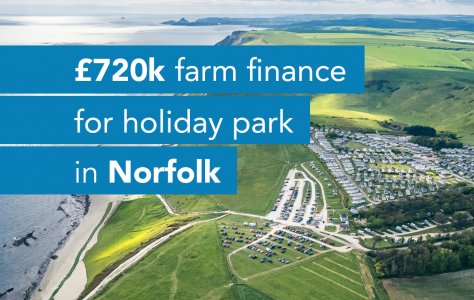
Farm development finance of £720,000 for holiday park diversification in Norfolk
Finance: £720,000Location: Norfolk
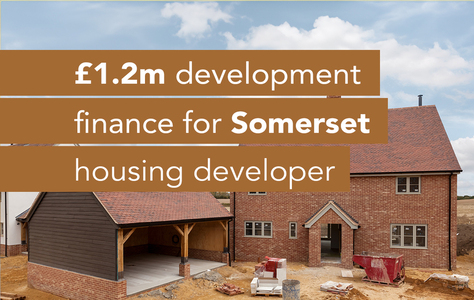
Development finance for a large property development project in Somerset
Finance: £1,200,000Location: Somerset
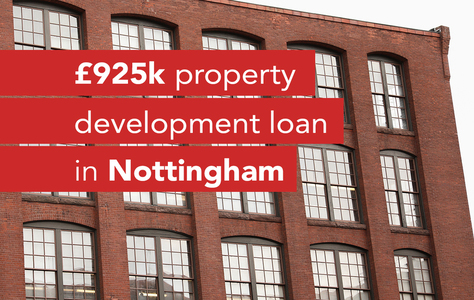
Property development finance success for investment into Nottingham's student market
Finance: £925,000Location: Nottingham
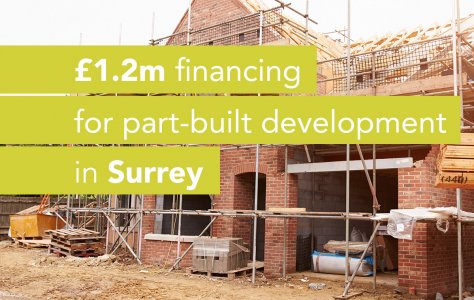
Securing financing for a part-built property development in Surrey
Finance: £1,200,000Location: Surrey
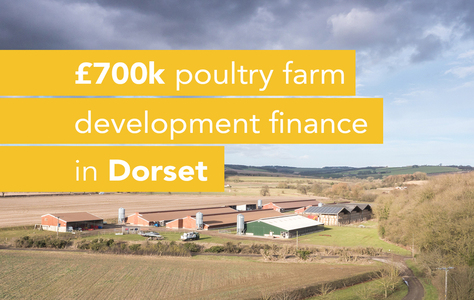
Farmer seeking urgent bridging finance for poultry farm development in Dorset
Finance: £700,000Location: Dorset
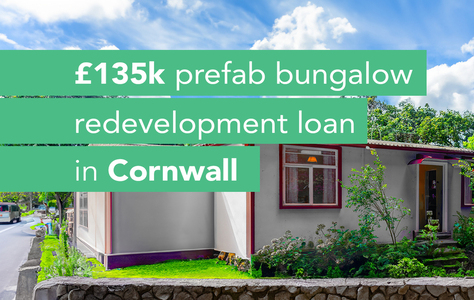
Cornwall portfolio expansion: a prefab demolition and redevelopment project
Finance: £135,000Location: Cornwall
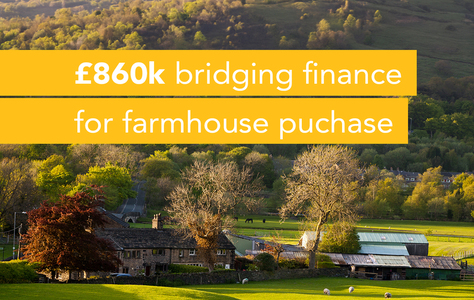
£860,000 bridge loan to complete farmhouse conversion project in Bath
Finance: £860,000Location: Bath, Somerset
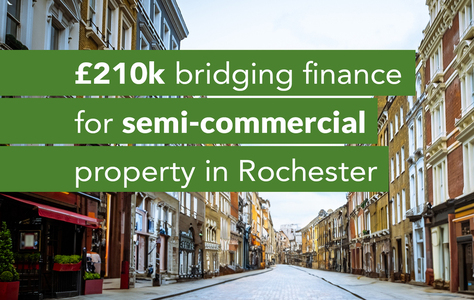
Financing a semi-commercial property purchase in Rochester for business owner
Finance: £210,000Location: Rochester, Kent
